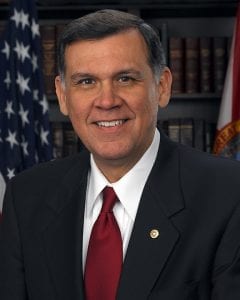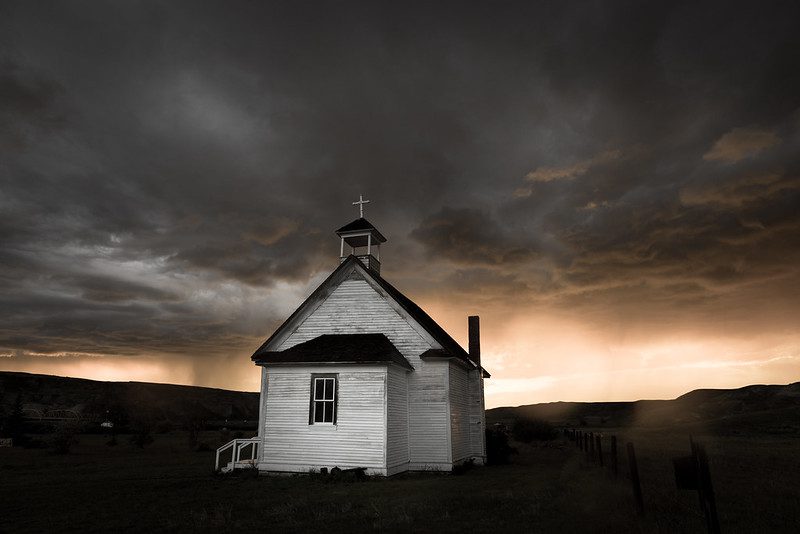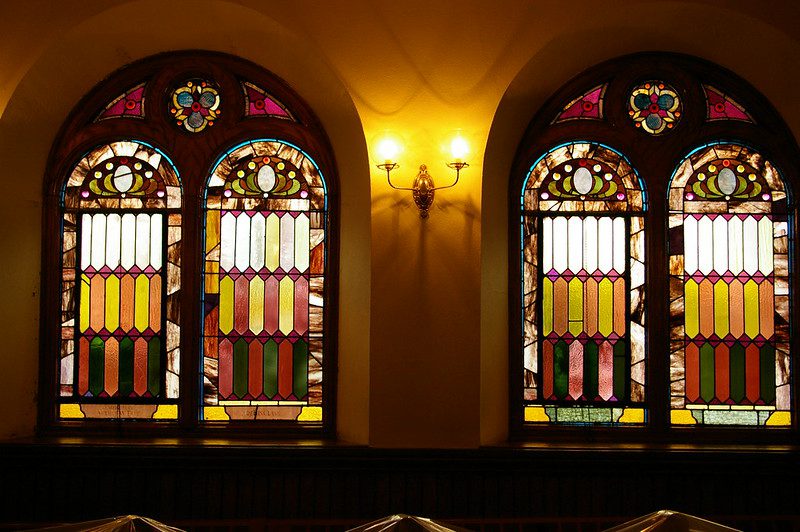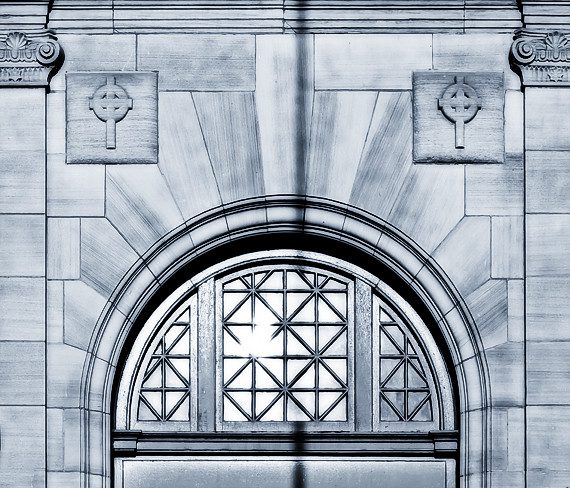
Public domain
On Jan. 24, Melquiades (Mel) Martinez was sworn in as the new HUD secretary. After his induction, Secretary Martinez vowed to address the needs of minorities, the elderly and working families. Martinez, 54, was the chief elected official of Orange County, Florida, a former commissioner and chair of the Orlando Housing Authority and active in the Florida Republican Party. He is a Cuban-American, sent to the United States by his parents when he was 15 years old.
Any period of transition involves assessment of one another’s style, worldview and intent, and requires a lot of careful listening. The confirmation hearing for Mel Martinez on Jan. 17 was our first formal opportunity to gain greater insight into the relatively unknown local government official who will be the next leader of federal housing policy.
Homeownership and Management Reform
The Senate Banking Committee’s confirmation hearing, chaired by Sen. Paul Sarbanes (D-MD), focused primarily on housing, both gains in homeownership in recent years and the continuing struggle of low-income people. Three Senators used data from the Coalition’s Out of Reach to describe housing affordability problems. The other major theme was continued progress on management reforms at HUD.
Martinez was clear that he recognizes the need for more “affordable and available housing” for low-income people and spoke of the affordable housing “crisis.” He said there are “too many homeless” and that we must address the need for housing for the aging population. However, his major interest is homeownership. He noted that homeownership levels for black and Latino citizens remain below 50 percent. He called homeownership a “transforming experience (that is) at the root of good citizenship.”
As a local government executive, Martinez described himself as a “consumer of HUD,” who understands the frustration with HUD programs. He reported that he had received an extensive briefing from GAO and others on HUD management issues, and is encouraged by recent improvements, but notes there is more to do. Senator Sarbanes cautioned the nominee to pay close attention to ongoing management and budget issues at HUD. “You are inheriting a better HUD, but it doesn’t mean all its problems are solved,” Senator Sarbanes said.
Committee Raises Old Ideas
The hearing also was the chance to hear what some of the new members of the Senate Banking Committee had on their minds. Sen. Debbie Stabenow (D-MI) was the only senator to mention homelessness in her opening remarks. Sen. Jon Corzine (D-NJ) noted that the rental housing in his state was the most expensive in the country. So far, so good. But alarms went off when Sen. Tom Carper (D-DE) asked the secretary-designee what he thought about time limits on housing assistance. Martinez replied that housing aid will have to be permanent for some people, but he does agree that it should be transitional for others.
The veterans of the protracted debates before the passage of public housing reform in 1998 will recall that time limits have come up before. Ultimately, they were defeated, except as an option for those public housing authorities that have Moving To Work demonstration projects. Those who pushed for time limits on housing assistance mistakenly likened it to income assistance and tried to apply some of the same rules that were enacted with “welfare reform.”
A Good Start
Secretary Martinez is certainly a far cry from those who wanted to dismantle the department not long ago. Nonetheless, with all that’s going on in Washington these days, we can’t take anything for granted.




Comments